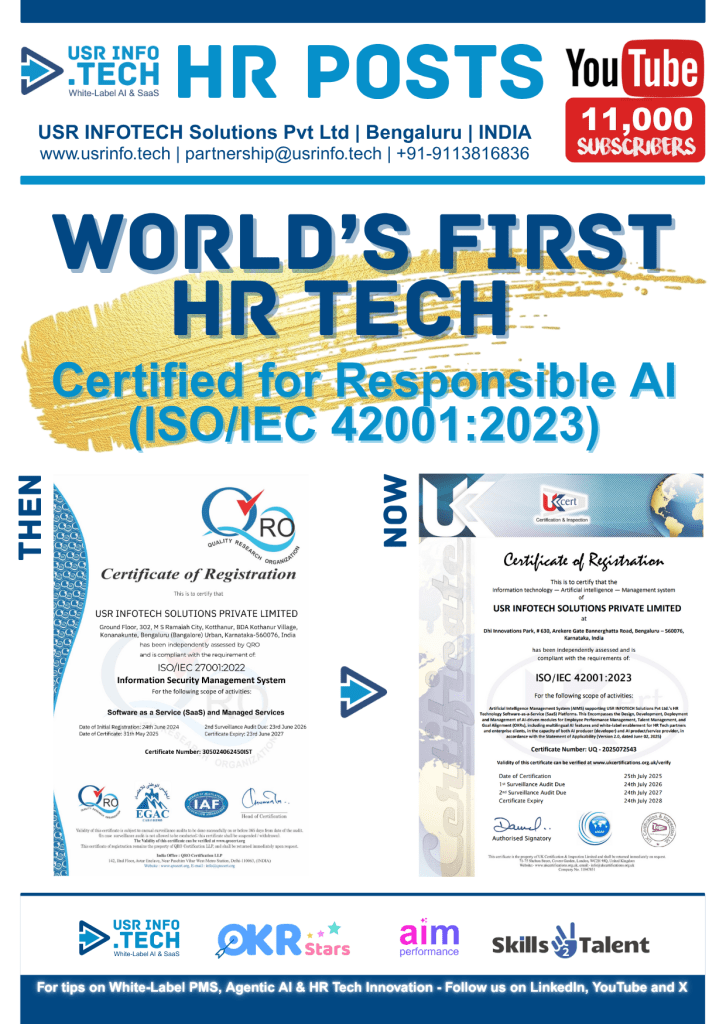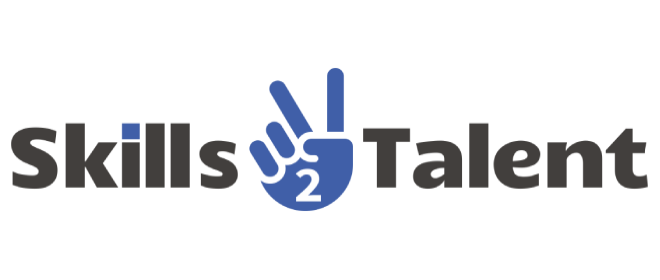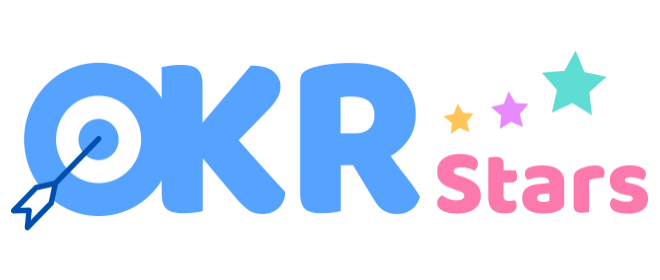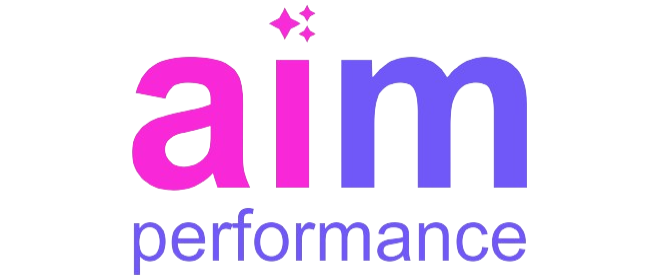In today’s fast-paced business environment, fostering a culture of continuous improvement and recognition is crucial for organizational success. Conversations, Feedback, and Recognition (CFRs) are powerful tools that can drive employee engagement, boost performance, and create a positive workplace culture. In this comprehensive guide, we will explore the various aspects of CFRs, their benefits, and how to implement them effectively in your organization.
Understanding CFRs: The Foundation of Employee Engagement
Conversations, Feedback, and Recognition are essential components of a robust employee engagement strategy. They provide a structured approach to communication, allowing for continuous improvement and fostering a culture of recognition.
Conversations are regular check-ins between managers and employees, focusing on goals, progress, and challenges. Feedback involves providing constructive insights to help employees improve their performance. Recognition, on the other hand, is about appreciating and rewarding employees for their hard work and achievements. By integrating these three elements, organizations can create a supportive environment where employees feel valued and motivated.
The Importance of Regular Conversations
Regular conversations between managers and employees are crucial for maintaining open lines of communication. These discussions provide an opportunity to align on goals, address any obstacles, and ensure that employees have the resources they need to succeed.
In addition to fostering transparency, regular conversations help build trust between managers and employees. When employees feel heard and understood, they are more likely to be engaged and committed to their work. This, in turn, leads to higher productivity and job satisfaction.
Effective Feedback: A Tool for Growth
Feedback is a critical component of CFRs, providing employees with the insights they need to improve their performance. Effective feedback is specific, timely, and actionable, allowing employees to understand what they are doing well and where they can improve.
When giving feedback, it’s important to focus on behaviors and outcomes rather than personal attributes. This approach ensures that feedback is constructive and helps employees develop their skills. Additionally, regular feedback helps create a culture of continuous improvement, where employees are encouraged to learn and grow.
Recognition: Celebrating Success
Recognition is a powerful motivator, helping to reinforce positive behaviors and achievements. By celebrating success, organizations can boost employee morale and create a positive work environment.
There are many ways to recognize employees, from verbal praise and thank-you notes to more formal rewards such as bonuses and promotions. The key is to ensure that recognition is sincere and meaningful. When employees feel appreciated, they are more likely to be engaged and committed to their work.
Integrating CFRs into Your Organizational Culture
To fully leverage the benefits of CFRs, it’s essential to integrate them into your organizational culture. This involves creating a supportive environment where conversations, feedback, and recognition are part of the daily routine.
Start by training managers on the importance of CFRs and how to conduct effective conversations and provide constructive feedback. Encourage a culture of recognition by celebrating successes at all levels of the organization. By embedding CFRs into your culture, you can create a positive work environment that drives engagement and performance.
The Role of Technology in Enhancing CFRs
Technology can play a significant role in enhancing CFRs, providing tools and platforms to facilitate communication, feedback, and recognition. For example, performance management software can help track progress and provide real-time feedback, while recognition platforms can make it easy to celebrate achievements.
By leveraging technology, organizations can streamline their CFR processes and ensure that they are consistently applied across the organization. This not only enhances the effectiveness of CFRs but also makes it easier to track and measure their impact.
Overcoming Challenges in Implementing CFRs
Implementing CFRs can be challenging, particularly in organizations with established communication patterns. However, with the right approach, these challenges can be overcome.
Start by clearly communicating the benefits of CFRs to all employees and providing training to ensure that everyone understands how to participate effectively. Address any resistance by involving employees in the process and gathering their feedback to make improvements. By taking a proactive approach, you can overcome challenges and successfully implement CFRs in your organization.
Measuring the Impact of CFRs
To ensure that your CFR initiatives are effective, it’s important to measure their impact. This involves tracking key metrics such as employee engagement, performance, and retention.
Use surveys and feedback tools to gather insights from employees on their experiences with CFRs. Analyze this data to identify trends and areas for improvement. By regularly measuring the impact of CFRs, you can make informed decisions and continuously improve your approach.
Conclusion
Conversations, Feedback, and Recognition are essential tools for driving employee engagement and performance. By fostering open communication, providing constructive feedback, and celebrating success, organizations can create a positive work environment that motivates employees and drives success.











